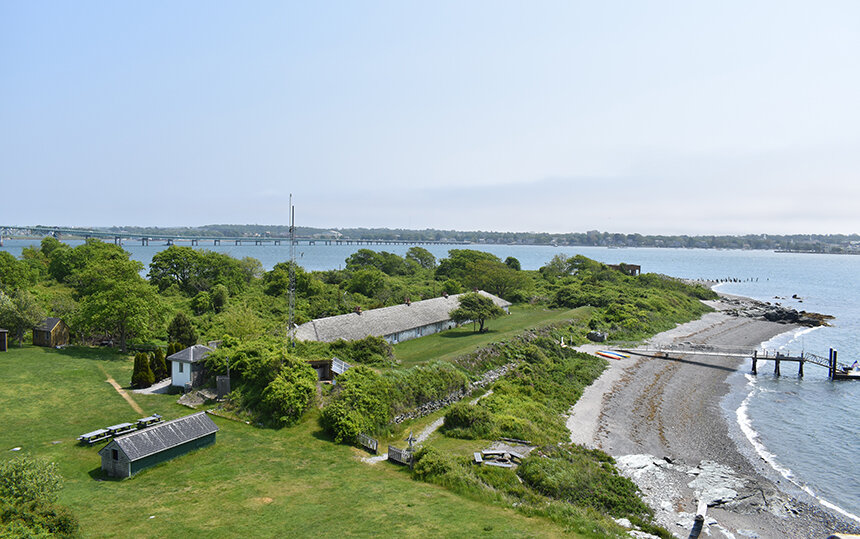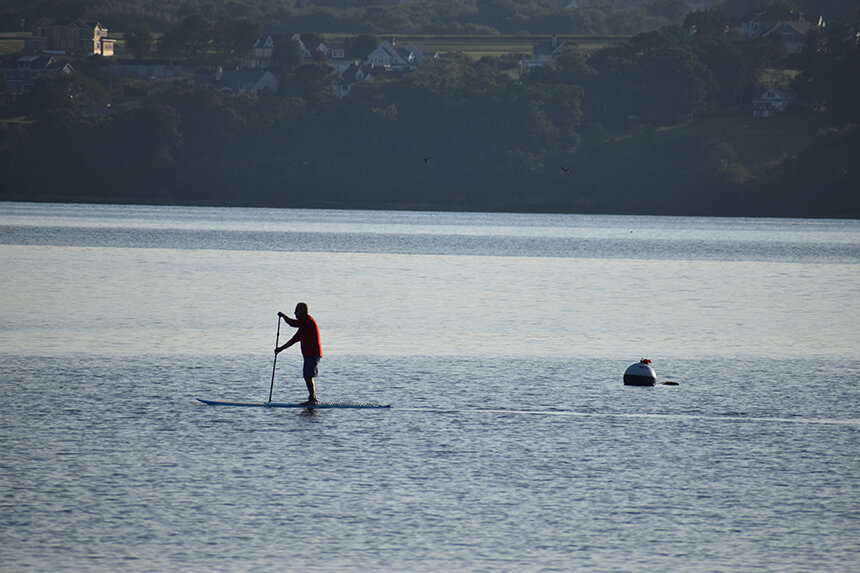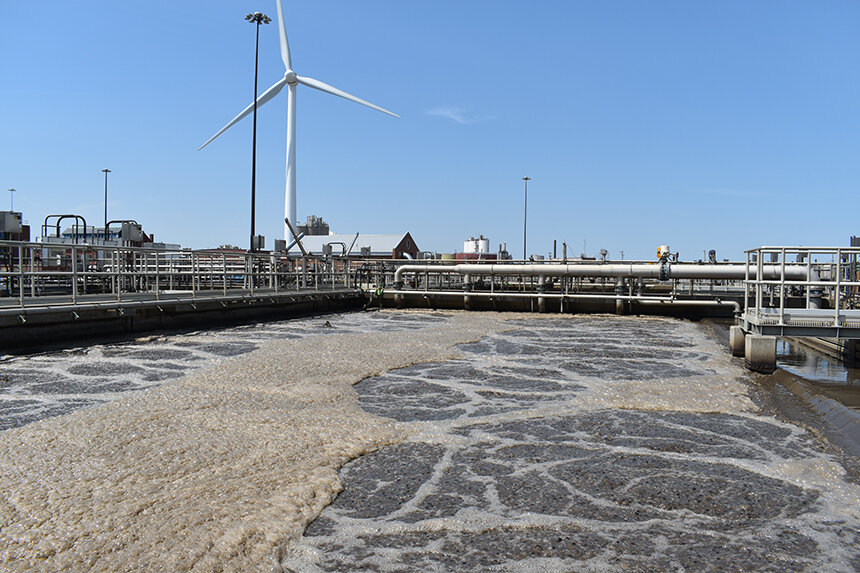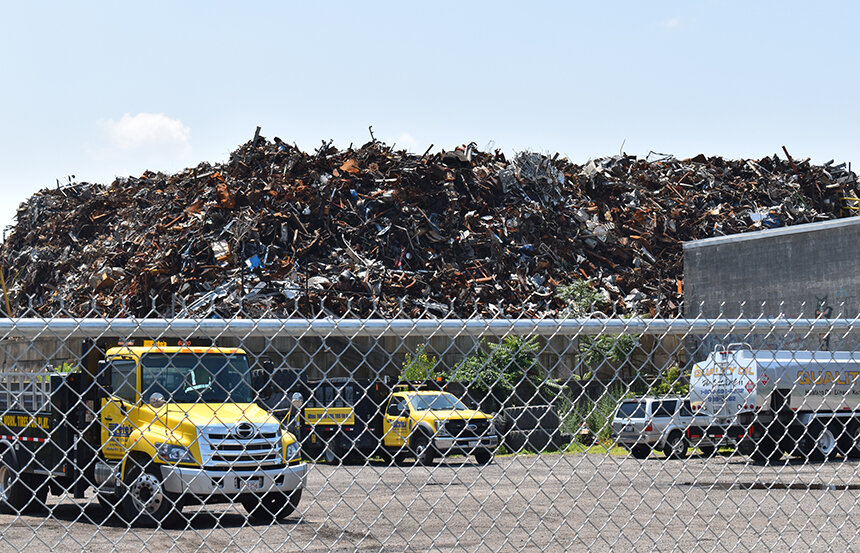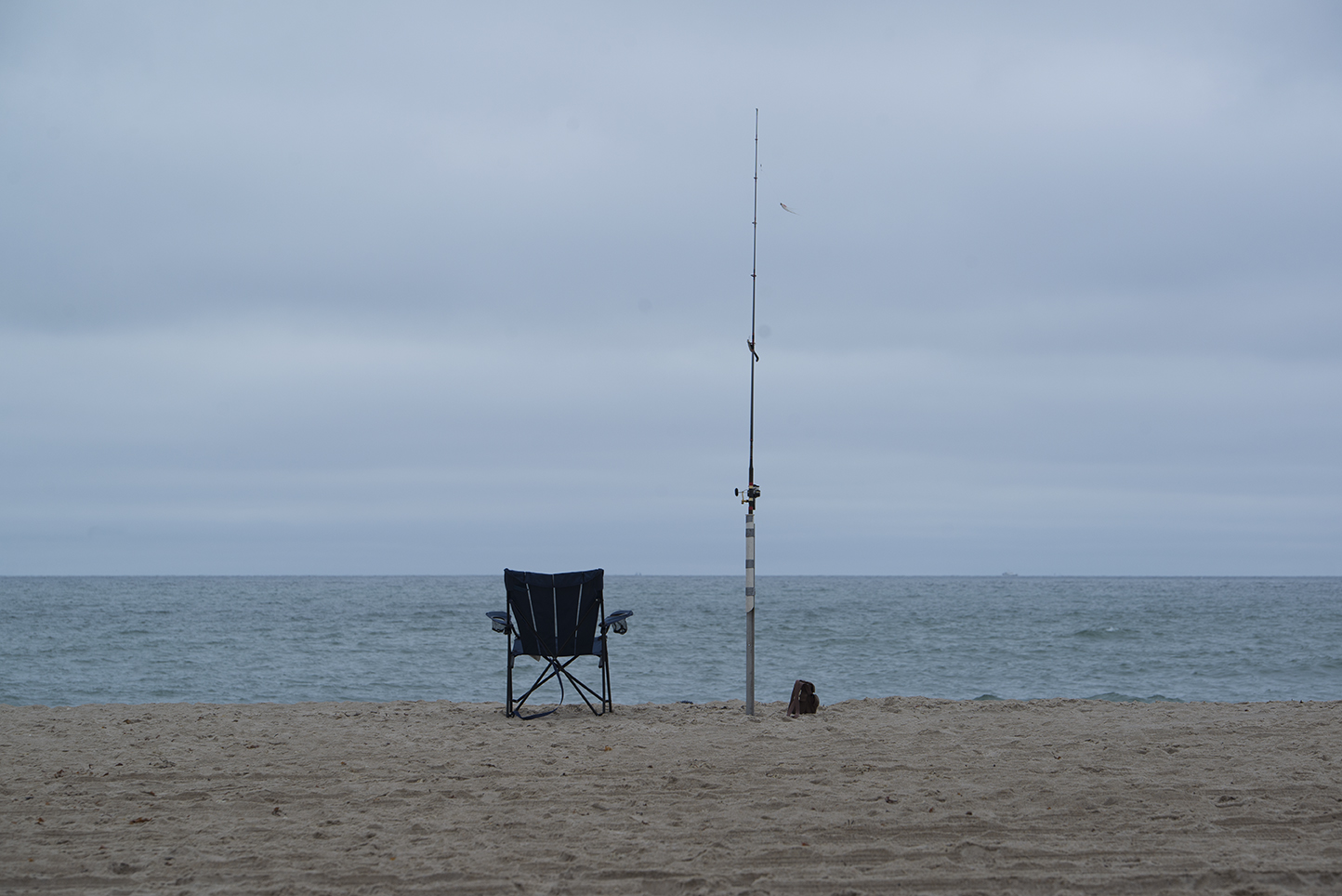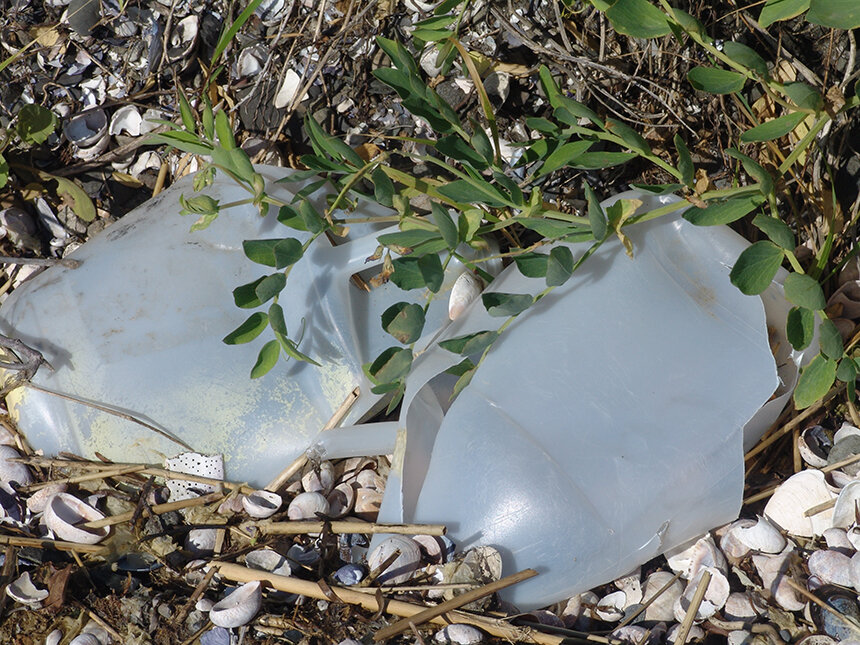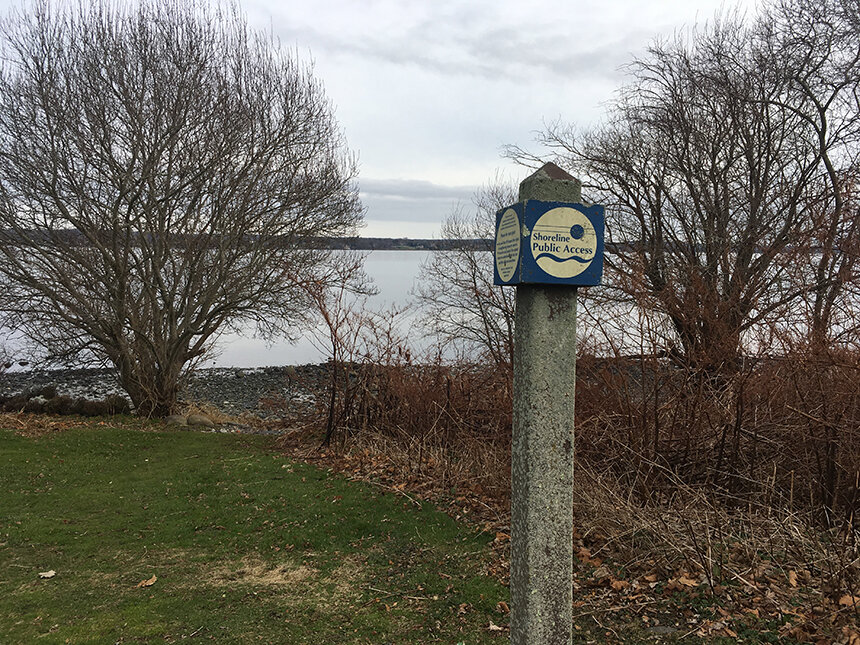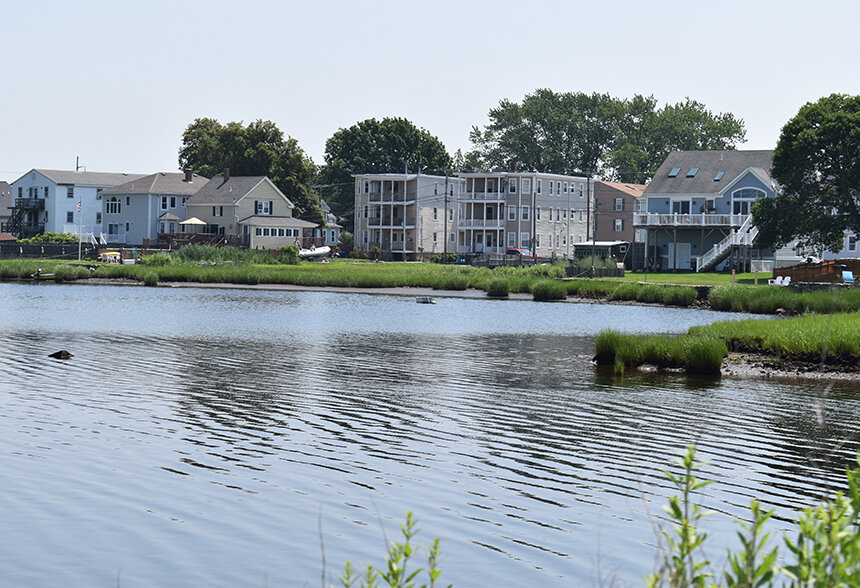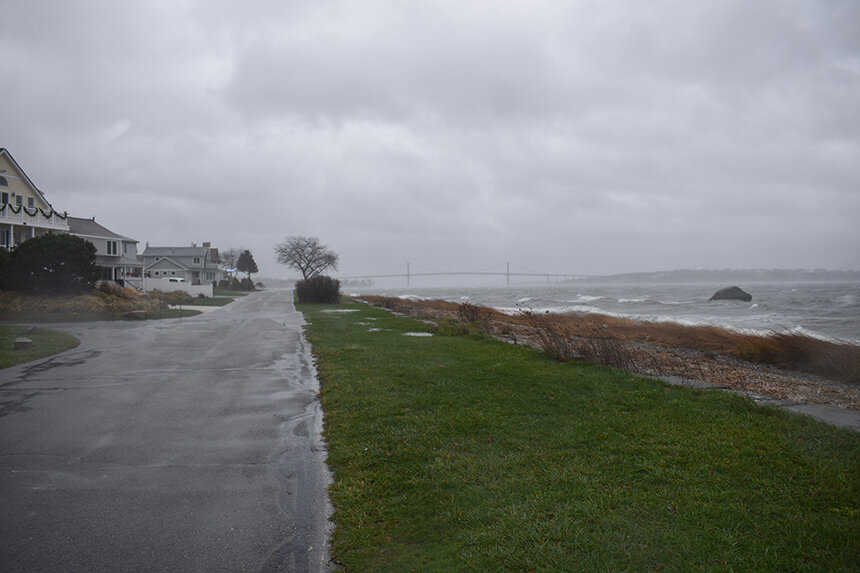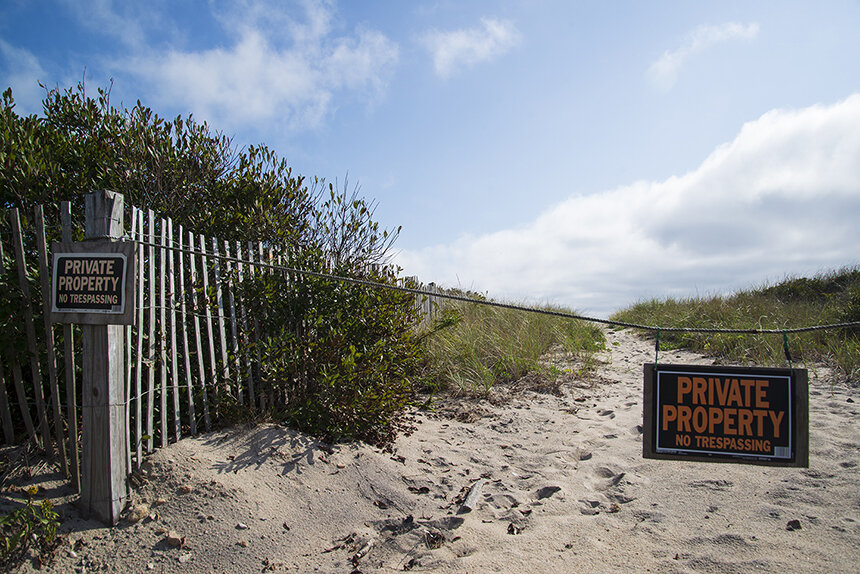Shifting Sands: The Reshaping of Rhode Island’s Iconic Coastline
This series is supported by the Pulitzer Center and the Society of Environmental Journalists.
Rhode Island is the first state in the Lower 48 with an average temperature rise that has eclipsed 2 degrees Celsius. With 420 miles of coastline, the state is particularly vulnerable to the vagaries of the Gulf Stream and melting mountain glaciers and ice sheets. Communities along the coast are already seeing nuisance flooding unrelated to major weather events. This 22-week series presents accounts — as well as solutions — from individuals, community leaders, residents, beachgoers, Indigenous people, and scientists on the frontlines of a global phenomenon that is playing out — in real time — where the land meets the water in the Ocean State.

Mother Nature, Humans Do Battle Along R.I.’s Battered Coast
The most violent and destructive natural disaster in New England recorded history forever changed Rhode Island’s coastline. In the eight decades since, the state’s iconic shoreline has continued to shift. It’s been pummeled by other major weather events, eaten away by slow and steady erosion, and dogged by the climate crisis.
Read Story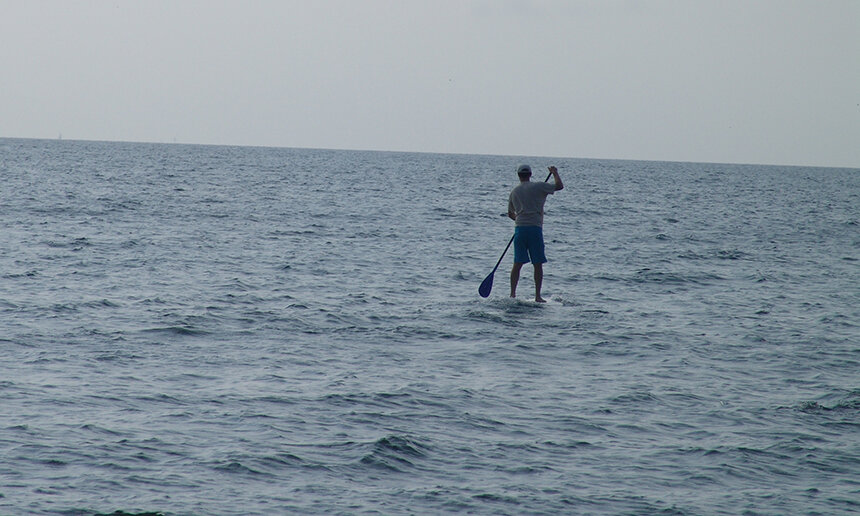
Beachgoers Confused by What Constitutes Healthy Shoreline
A new study on perceptions of coastal water quality shows users may have more difficulty interpreting warning signs than previously thought. More than 600 recreational users around Narragansett Bay were surveyed regarding their understanding of water quality. Plenty of misconceptions were cited.
Read Story
Ocean State’s Chief Resiliency Officer has a Climate Plan
Shortly after he was named Rhode Island’s first chief resiliency officer, in mid-September 2017, Shaun O’Rourke was handed a monumental task: write a state resiliency plan to deal with the climate crisis by July 1, 2018.
Read Story
Coastal Megaprojects Past and Present Show Mitigation Challenges of Climate Crisis
Coastal megaprojects are seen by some as a key part of the mitigation of the impacts of the climate crisis on some of our most vulnerable cities and areas. But they are also far from perfect solutions and are increasingly being questioned as viable investments for an uncertain climate future.
Read Story
R.I. Beach Health Responds to Better Stormwater Management
In the first decade of the 2000s, Rhode Island beach closures were trending in the wrong direction. In 2003, Ocean State beaches were closed a staggering 503 times because high levels of bacteria. The tide has turned, however.
Read Story
Lifelong Warren Resident Captures Palmer River’s Wildness
This delicate coastal zone has been a lifelong playground for Butch Lombardi. He spent the late 1940s and ’50s exploring the river with friends and dip netting for blue crabs with his father. His family lived in a house at the foot of the river. Belcher Cove was visible from his bedroom window. He’s concerned about the future of this natural space.
Read Story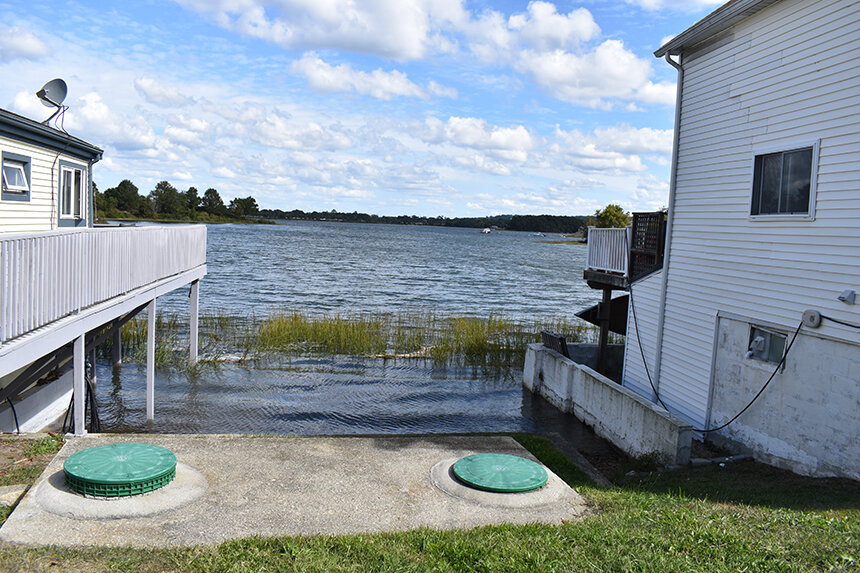
Salt Water Intrudes On Household Wells and Septic Systems
One of the least-addressed issues related to Rhode Island’s coastal challenges is the impact climate change is having on private wells and septic systems. It’s leading to the degradation of this infrastructure along the coast.
Read Story
Friends Rally to Revive Coastal Pond Besieged by Pollution
Green Hill Pond is mostly closed off from the nearby Atlantic Ocean by a thin barrier beach, save for a small inlet between it and Ninigret Pond. It’s a beautiful, if somewhat tortured, pond with a number of problems stacked against it, such as high nitrogen and bacteria levels.
Read Story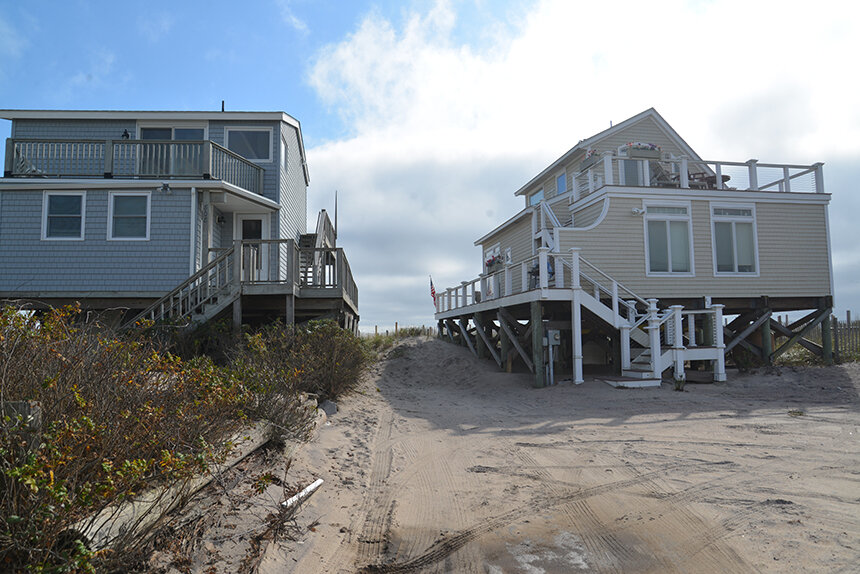
Rising Seas, Coastal Development Endanger Indigenous Culture
Though conversations about sea-level rise largely focus on the loss of colonial and post-colonial development, which pushed Indigenous people from the coastline, Native people in Rhode Island maintain a visceral connection to the coast that is, too, threatened by rising waters.
Read Story
Mother Nature, Humans Do Battle Along R.I.’s Battered Coast
The most violent and destructive natural disaster in New England recorded history forever changed Rhode Island’s coastline. In the eight decades since, the state’s iconic shoreline has continued to shift. It’s been pummeled by other major weather events, eaten away by slow and steady erosion, and dogged by the climate crisis.
Read Story
Left Undeveloped for Eight Decades, Napatree Point Rolls with the Tides
WESTERLY, R.I. — Napatree Point was able to heal itself after taking a beating from Superstorm Sandy because humans have given it room to breathe. After the 1938 hurricane, one of the most financially destructive storms on record, developers looking to rebuild the summer cottages and construct other structures were rebuffed.
Read Story



